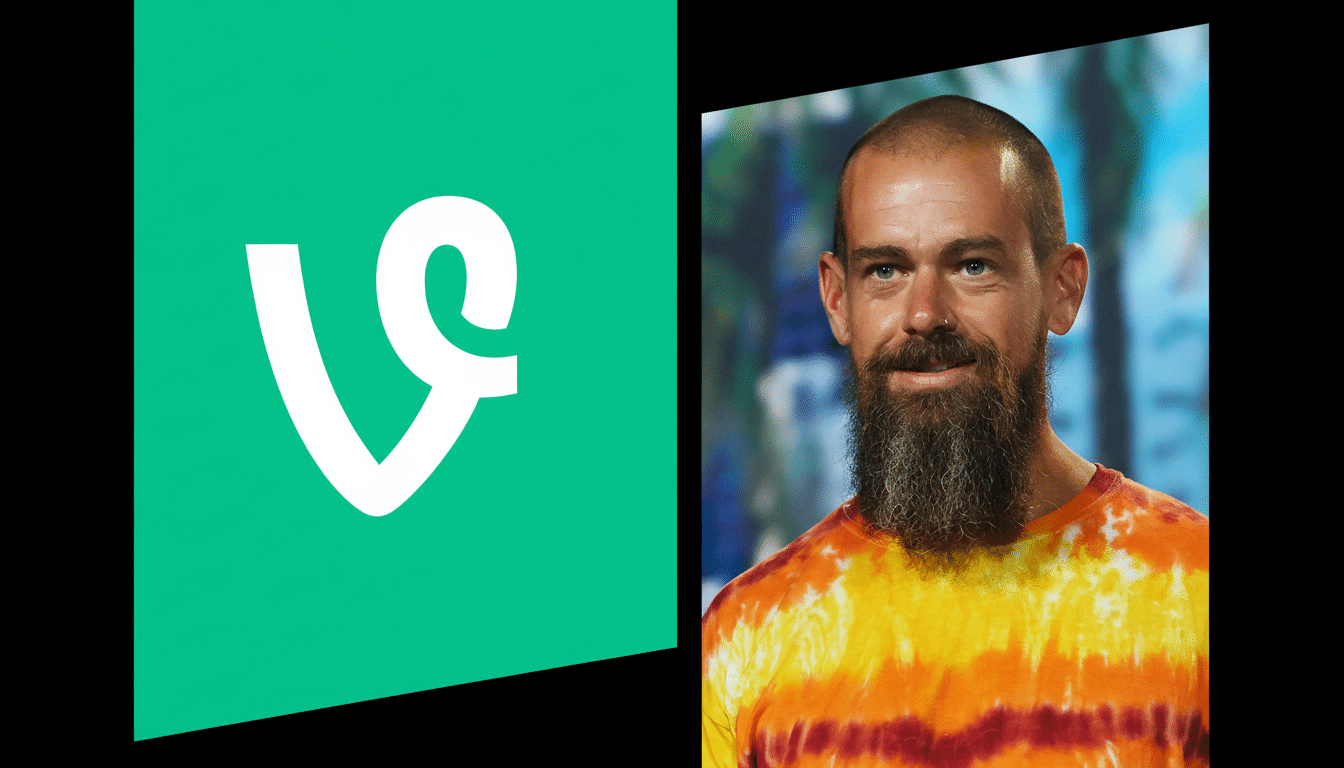Six-second loops are officially back. The new platform, diVine, is bringing the Vine experience back with its looping video grids, a partially stitched-back-together archive, and an intentionally exclusionary approach to AI-generated content (the app isn’t even available in all countries). The reboot relies on decentralized tech to emphasize creator control and authenticity — two values that can feel scarce in today’s algorithmic video feeds.
What diVine Brings Back from the Original Vine Era
diVine brings back that rhythm of the platform that sucked so many people in: double-tap in, scroll through snappy loops, and add your own six-second clips.
- What diVine Brings Back from the Original Vine Era
- Human-First Content and the Platform’s AI Guardrails
- Designed on Nostr to Deliver Greater Creator Control
- Nostalgia Meets a Crowded Field of Short-Form Rivals
- What We Can Learn from the First Act of Vine
- What to Watch Next as diVine Rolls Out and Scales Up

Tens of thousands of classic Vines — comments included — have been saved thanks to preservation work by the volunteer-run Archive Team. Early contributors say that a meaningful share of the most popular clips have endured, even if the archive is not comprehensive.
Original-era creators can recover profiles, while newbies create from scratch. Importantly, the platform retains copyright for creators but is making verification and takedown requests — a concession that they know what happened when the original service went under and much of the cultural footprint it left behind looked set to disappear with it.
Human-First Content and the Platform’s AI Guardrails
diVine would like to make a clear demarcation of authenticity and what that means. (On diVine, AI-generated videos are banned or flagged; the platform uses verification technology from Guardian Project, a reputable nonprofit that has made tools to verify whether media comes from real devices.) To do so, diVine hopes to remove synthetic clips from the feed by looking for signals that suggest a smartphone camera capture took place.
This push comes as the industry at large moves toward better understanding of content provenance, with efforts like artist agency OAO’s push. The move is part of the larger trend toward content origin — an initiative that groups like the Coalition for Content Provenance and Authenticity are working to standardize — to help defeat deepfakes and generative media.
Designed on Nostr to Deliver Greater Creator Control
Under the hood of diVine is Nostr, a decentralized protocol Dorsey has publicly supported. Instead of a single company that owns the platform, Nostr gives creators ownership over their identities with cryptographic keys and allows them to publish across interoperable relays. In practical terms, it could reduce lock-in, allow for multiple clients, and make migrations and backups less painful if policies changed.
Decentralization won’t magically fix moderation or discovery, but it shifts power away from black-box feeds. For a format defined by limitations — six seconds demands creativity — ownership and portability might be the most important features over time.

Nostalgia Meets a Crowded Field of Short-Form Rivals
diVine is not making its debut into a vacuum. The pulse of social media now beats short-form video, with TikTok, YouTube Shorts, and Instagram Reels leading the way. According to the Pew Research Center, about 67% of U.S. children are on TikTok, with a significant portion reporting that they watch it almost constantly. At that scale, differentiation is key — and diVine is betting on human-only content, smaller communities, and what cofounder Adam Astrow calls “a format purist’s” take on loops.
There is also a fork in the road ahead: Elon Musk has indicated that X will bring back Vine, embracing AI-generated looping videos. If those efforts come to pass, users may experience a split-screen future — one path accentuating synthetic creativity on a mass scale and another that doubles down on provenance and human spontaneity.
What We Can Learn from the First Act of Vine
Vine gave form to internet humor and made careers, but it couldn’t keep top creators when rivals offered better money and discovery. If diVine doesn’t want to follow that arc, it will take more than nostalgia. Transparent recommendations, lightweight edit tools, and a plan for how it will make money — whether via tipping, sponsorships, or federated monetization — will all be key to keep that momentum.
Still, limitations can be a creative superpower. “Six seconds rewards timing, surprise, and replay value,” he continued, “which was what made loops culturally sticky in the first place.” If diVine matches that energy with verifiable authenticity checks and authentic creator ownership, it could carve out a lasting niche instead of competing in some winner-takes-all sprint.
What to Watch Next as diVine Rolls Out and Scales Up
There are three early signals to watch:
- How fast legacy creators reclaim accounts
- Whether viewers adopt provenance indicators without friction
- How well the Nostr foundation moderates at scale
And don’t forget the archive, either — some old favorites may emerge that could rekindle a viral rediscovery, even if there are still gaps from the original closure.
For now, diVine represents a rarity in social video: small by design, human by default, and built upon technology that enables creators to keep their keys. If it can figure out how to convert six seconds into a workable ecosystem, the comeback won’t just have been nostalgic — it’ll be a model for what social media could still look like after the algorithm gold rush.

